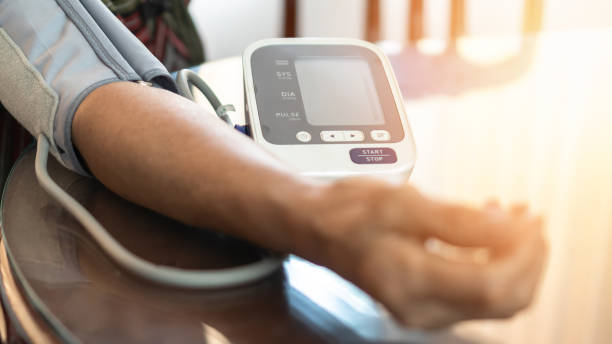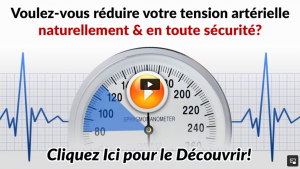The #1 Rated Blood Sugar Formula
Hypotension: Things You Need To Know About This Silent Killer

Low blood pressure, or hypotension, may be a sign of good health and of a decreased risk of heart disease. But not always. At times, continually low blood pressure or a sudden drop in blood pressure can lead to worrisome symptoms and even serious health problems.
Understanding Hypotension
A blood pressure reading contains two numbers: systolic pressure and diastolic pressure. Systolic pressure is the top, or first, number in your blood pressure reading; it indicates the pressure within your arteries when your heart pumps out blood. Diastolic pressure is the bottom number, showing the pressure in your arteries while your heart is filling with blood. If your blood pressure is 120/80 millimeters of mercury (mm Hg) or lower, it’s considered normal. Generally, if the blood pressure reading is under 90/60 mm Hg, it is abnormally low and is referred to as hypotension. Some adults regularly have blood pressure in the hypotensive range but have no symptoms and do not require treatment. In serious cases, though, hypotension can result in a decreased supply of oxygen and nutrients to your brain and other essential organs, which can eventually lead to life-threatening shock. Anyone can develop hypotension, but certain groups of people are more likely to experience it, and there are different types. For instance, orthostatic (positional) hypotension, which occurs when you stand up after sitting or lying down, is more common in older adults. Typically, “your body has certain compensatory mechanisms to prevent your blood pressure from falling when you stand up,” explains Willie Lawrence, MD, an interventional cardiologist at Research Medical Center in Kansas City, Missouri, and a spokesperson for the American Heart Association. But, he adds, “orthostatic hypotension is a problem for some people because these reflexes that should occur, don’t occur.” Dehydration or blood loss can also cause orthostatic hypotension.Symptoms of Hypotension
Most doctors do not consider hypotension a problem unless it is associated with certain signs and symptoms:- Dizziness
- Fainting
- Fatigue
- Problems concentrating
- Blurry vision
- Nausea
- Clammy, pale skin
- Shortness of breath
When Low Blood Pressure Can Strike
Some people have naturally low blood pressure, and they don't experience any symptoms. But for those who are used to having high blood pressure, a sudden decrease in blood pressure can signal a problem and can cause the symptoms listed above. An episode of hypotension is more likely to occur under these conditions:- Resuming an upright posture after bed rest for a long period of time
- Being in the first 24 weeks of pregnancy
- Losing a large amount of blood
- Being dehydrated
- Taking certain medications, such as blood-pressure-lowering medications, heart medications, Parkinson's disease medications, tricyclic antidepressants, or medications to treat erectile dysfunction
- Having a heart problem, such as a very slow heartbeat, heart valve problems, heart attack, or heart failure
- Having a endocrine problem, such as hypothyroidism, parathyroid disease, Addison's disease (an adrenal gland disorder), low blood sugar, or diabetes
- Having a severe infection that enters your bloodstream
- Experiencing anaphylaxis, a life-threatening allergic reaction
- Having a neural disorder that affects your blood pressure
- Having a nutrient deficiency, such as low vitamin B12 and folic acid levels
- Can Low Blood Pressure Make You Tired?
- Low blood pressure can cause fatigue — that feeling of overwhelming tiredness and lack of energy. Research has found an association between low blood pressure and chronic fatigue syndrome, a condition characterized by profound fatigue, pain, and sleep abnormalities that are often made worse by exertion.






